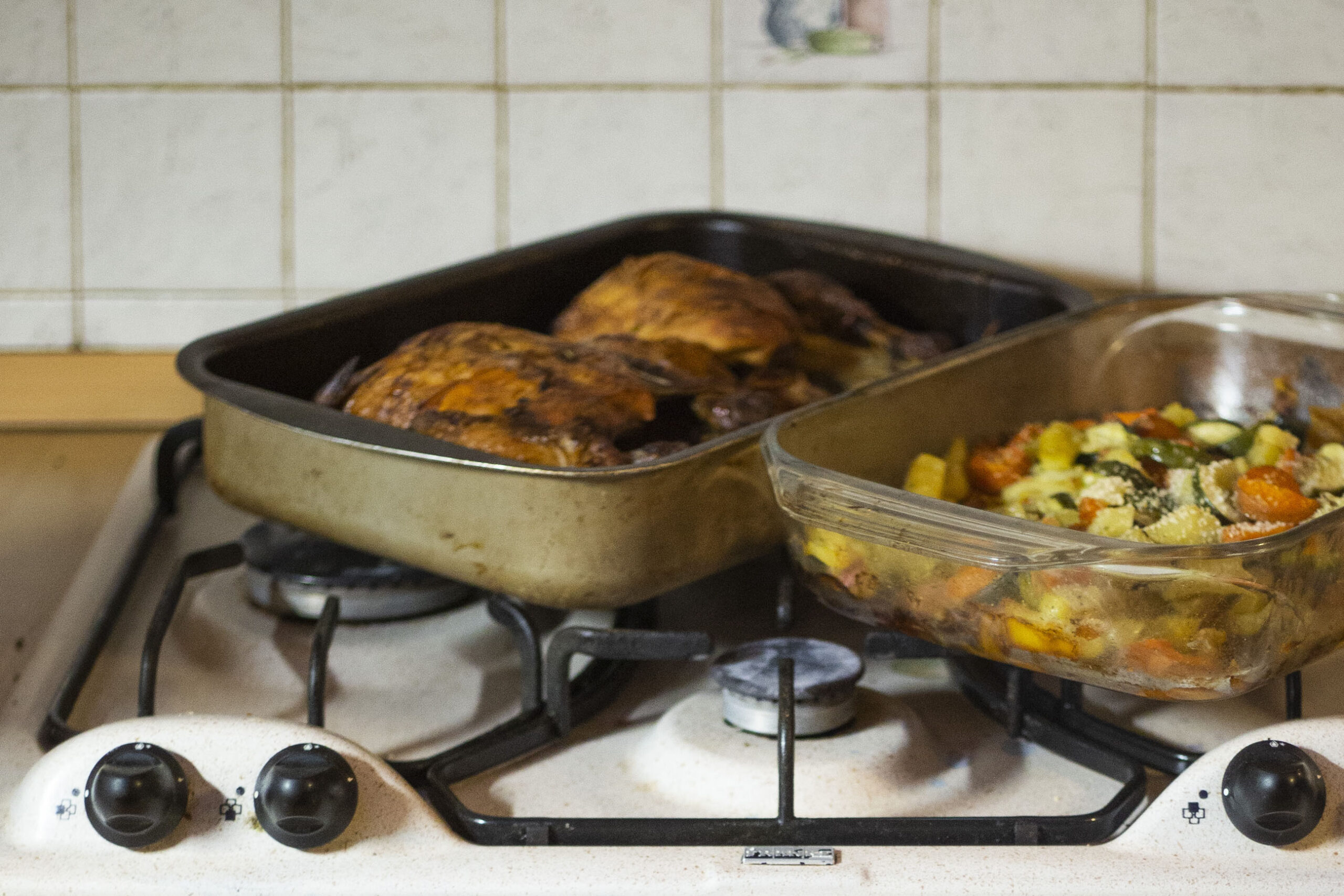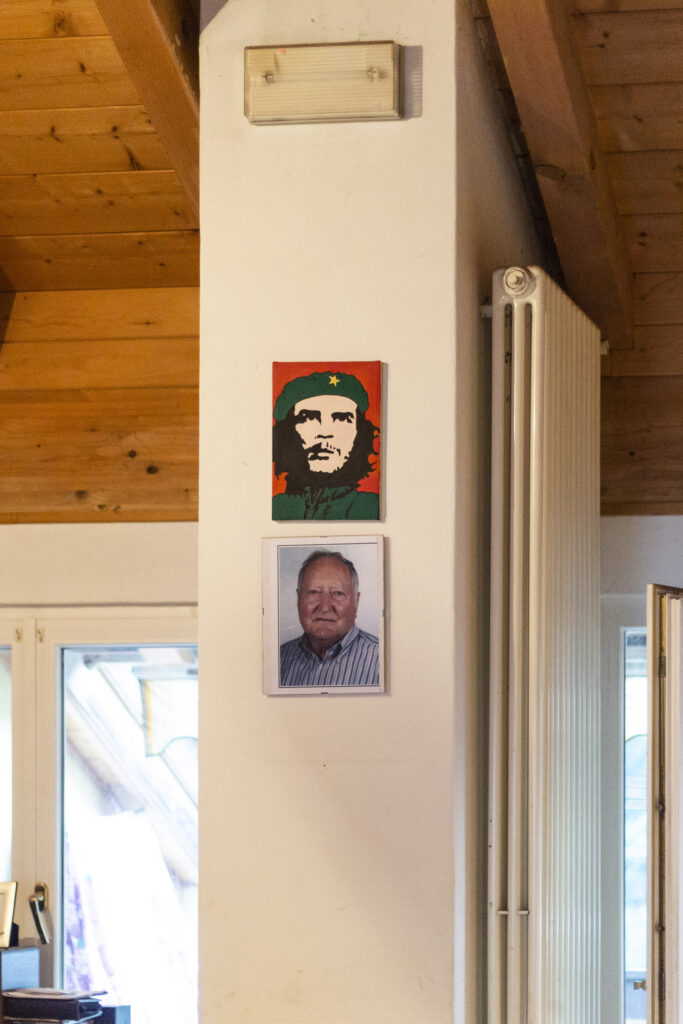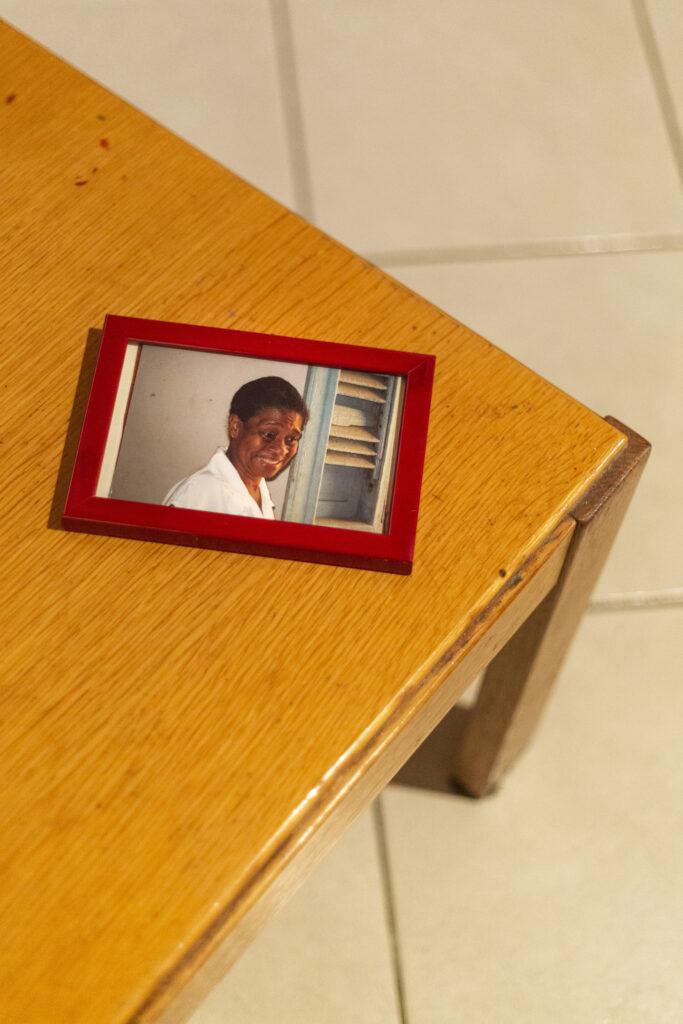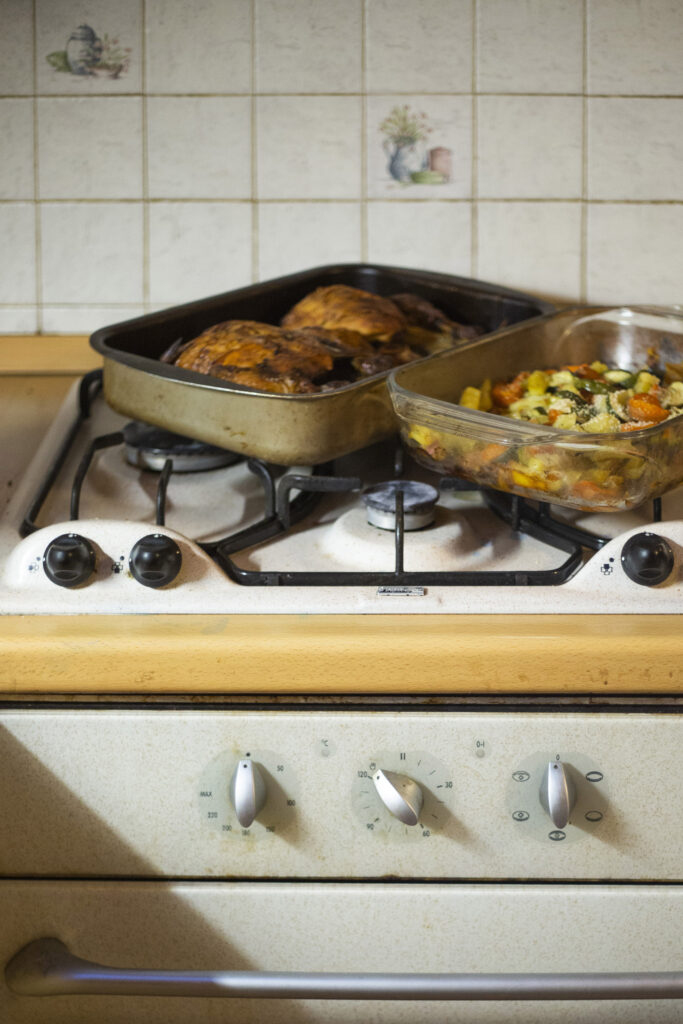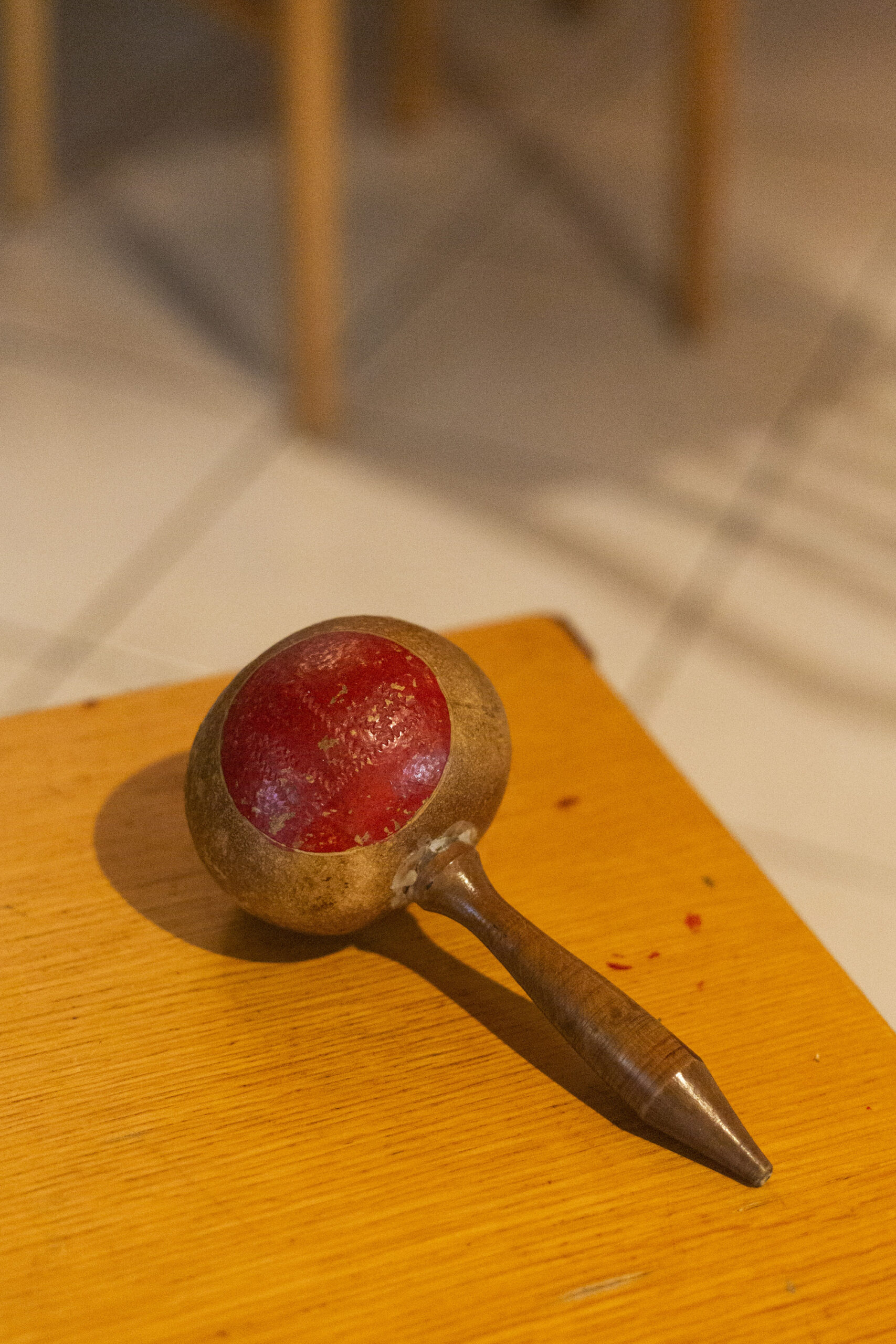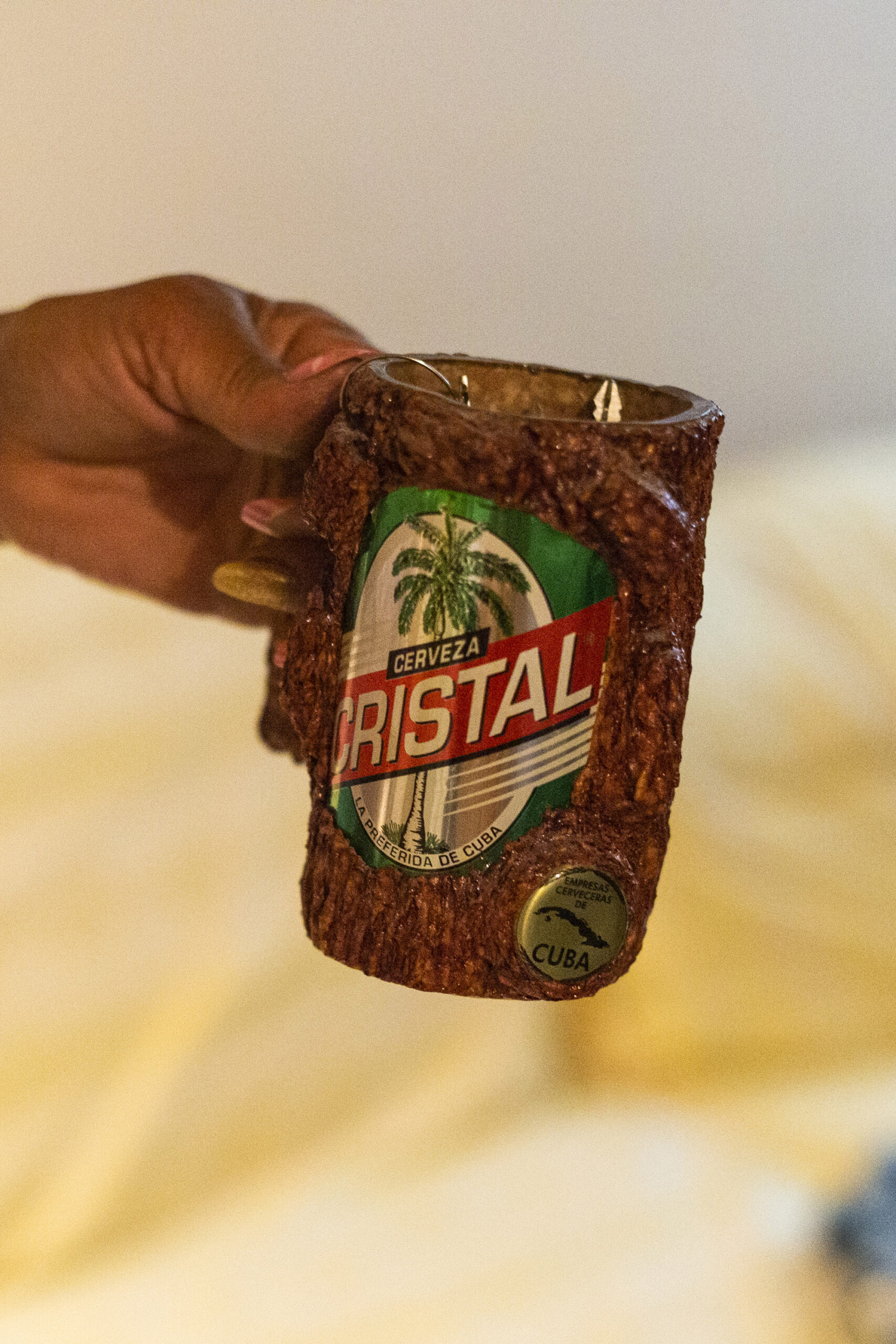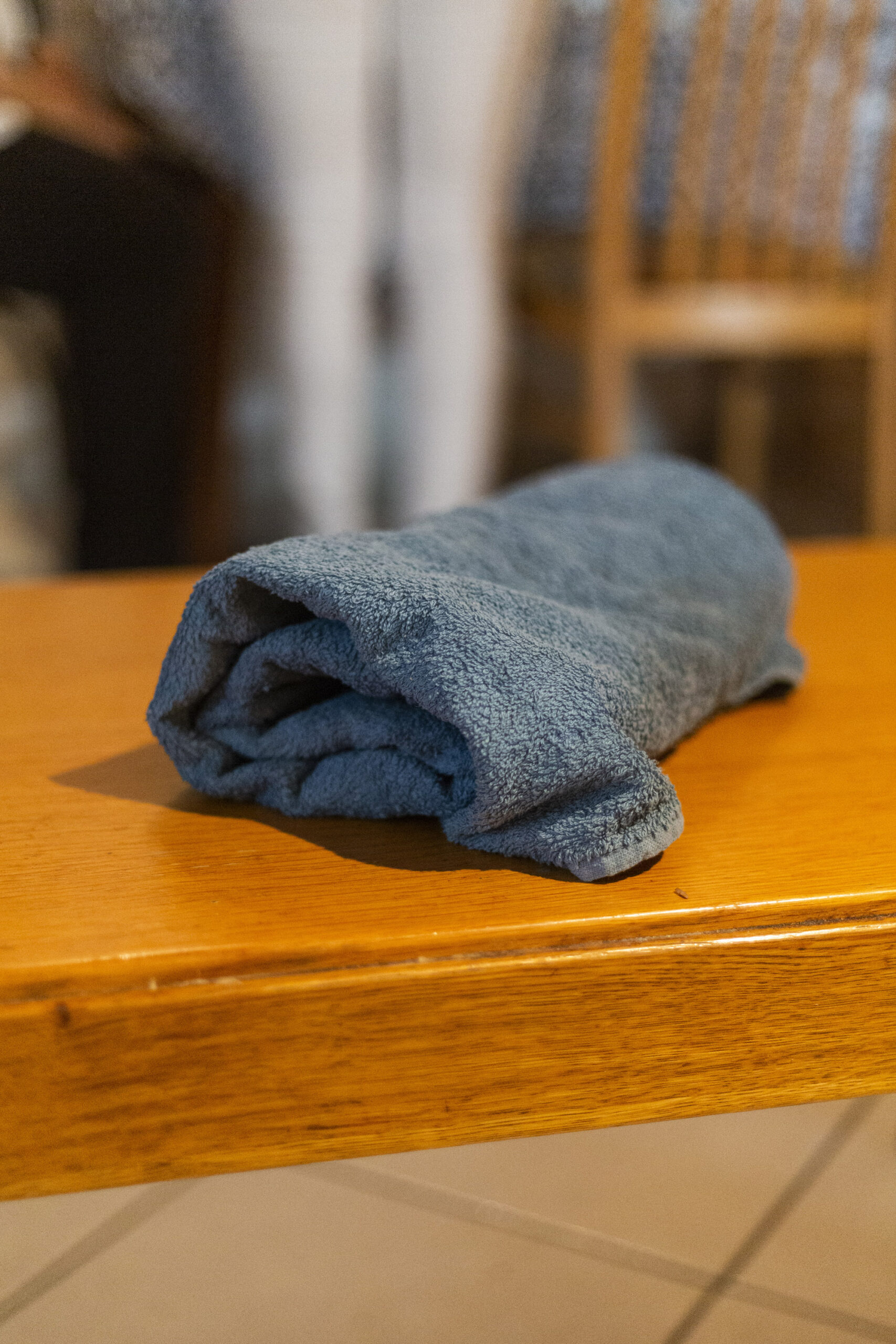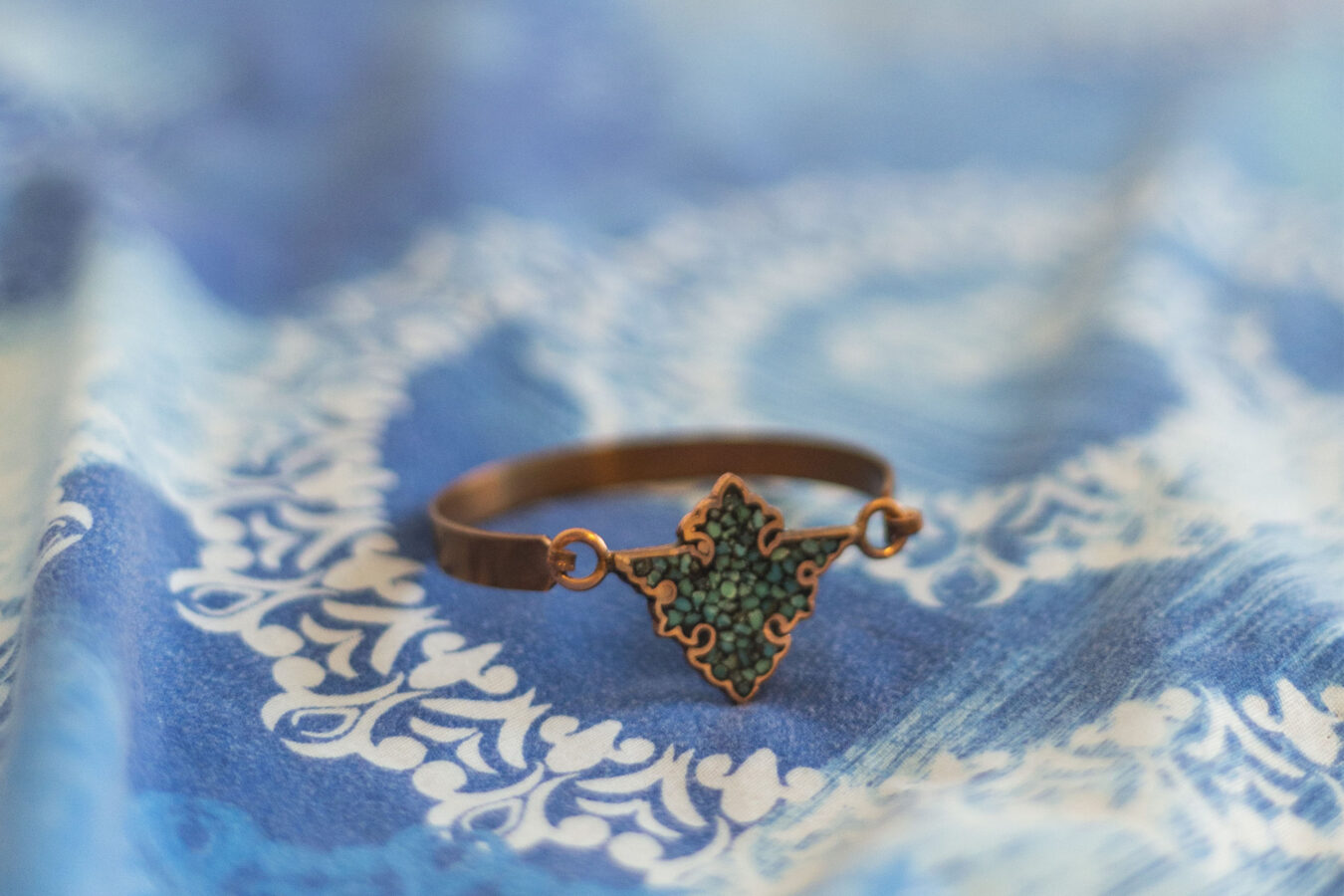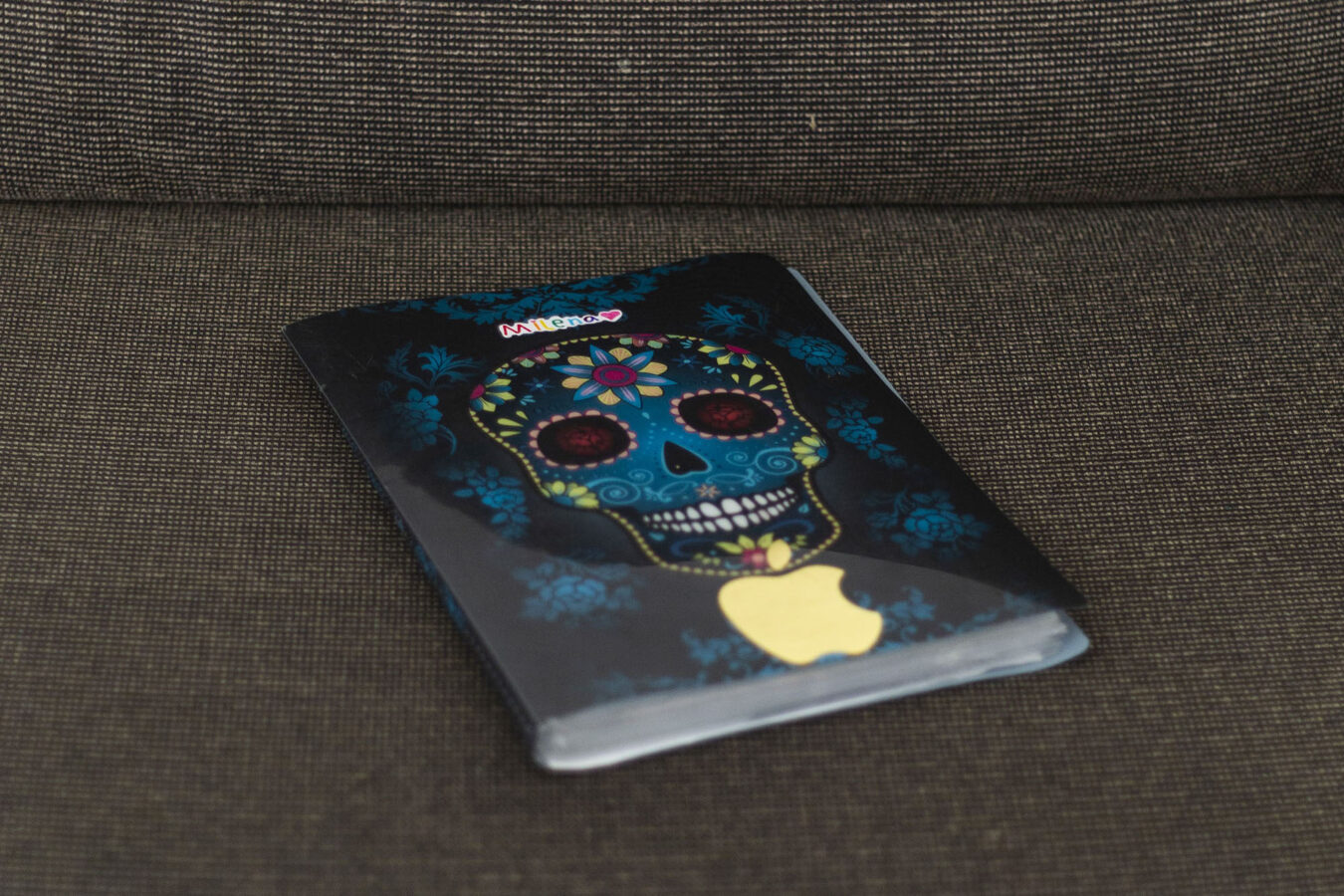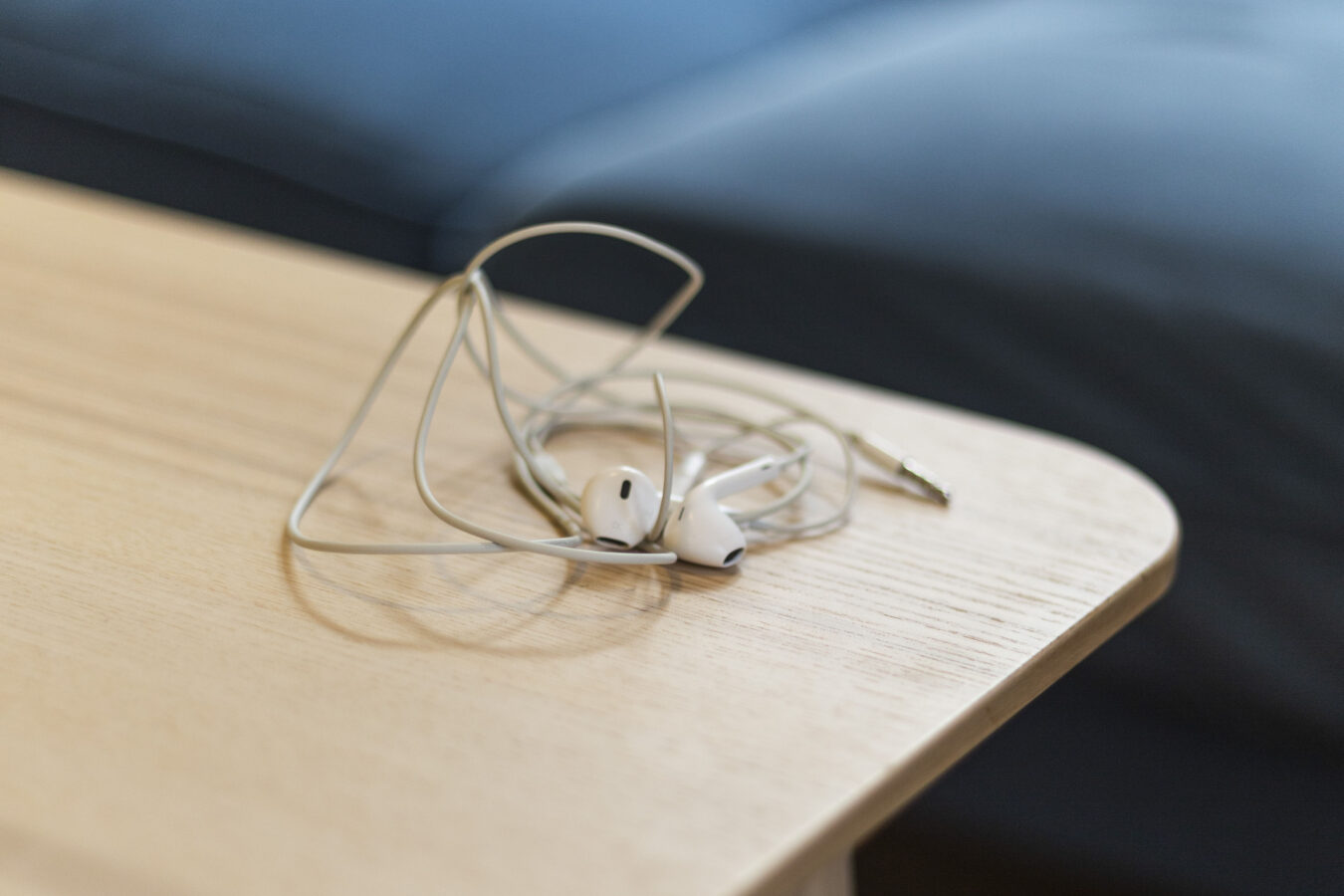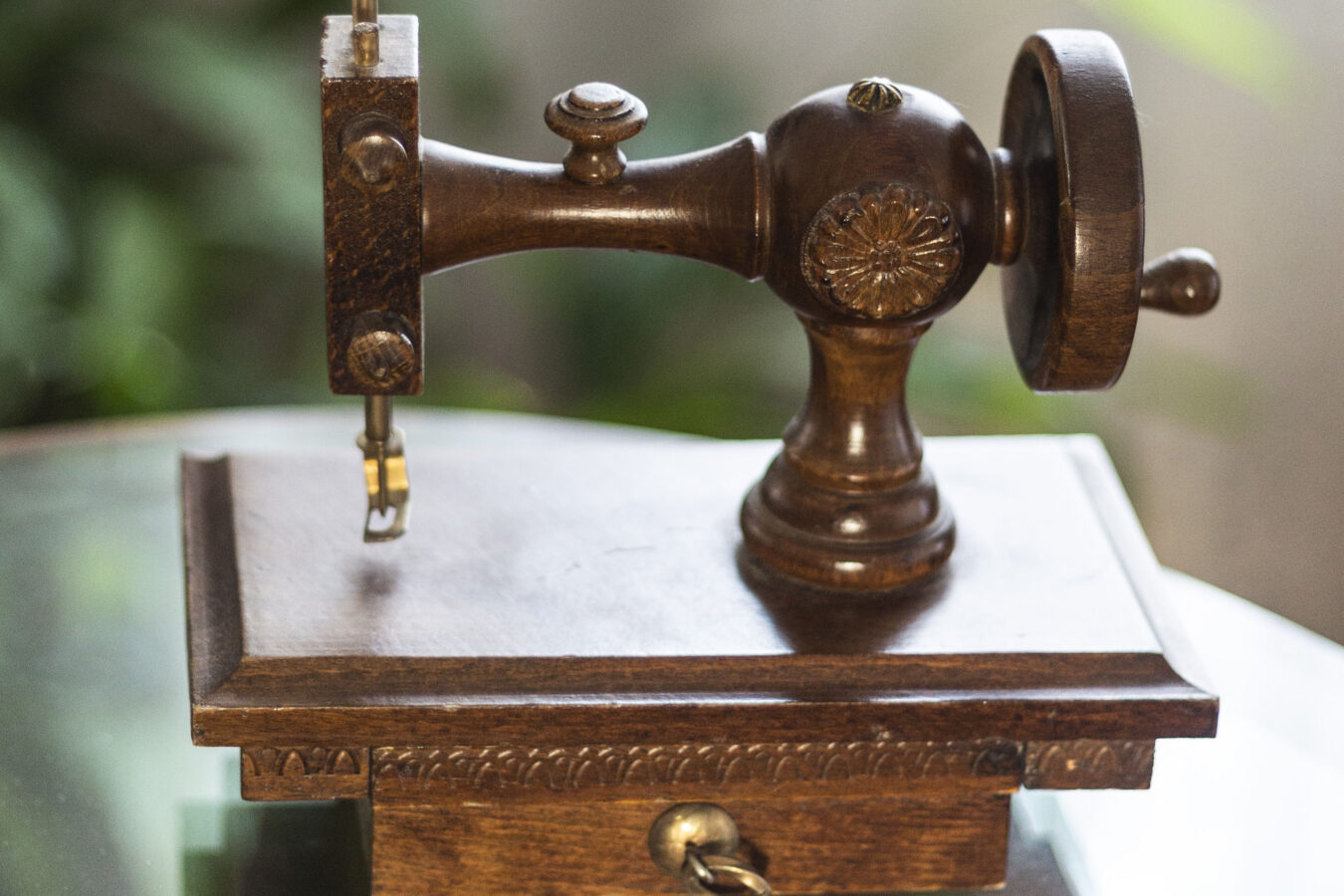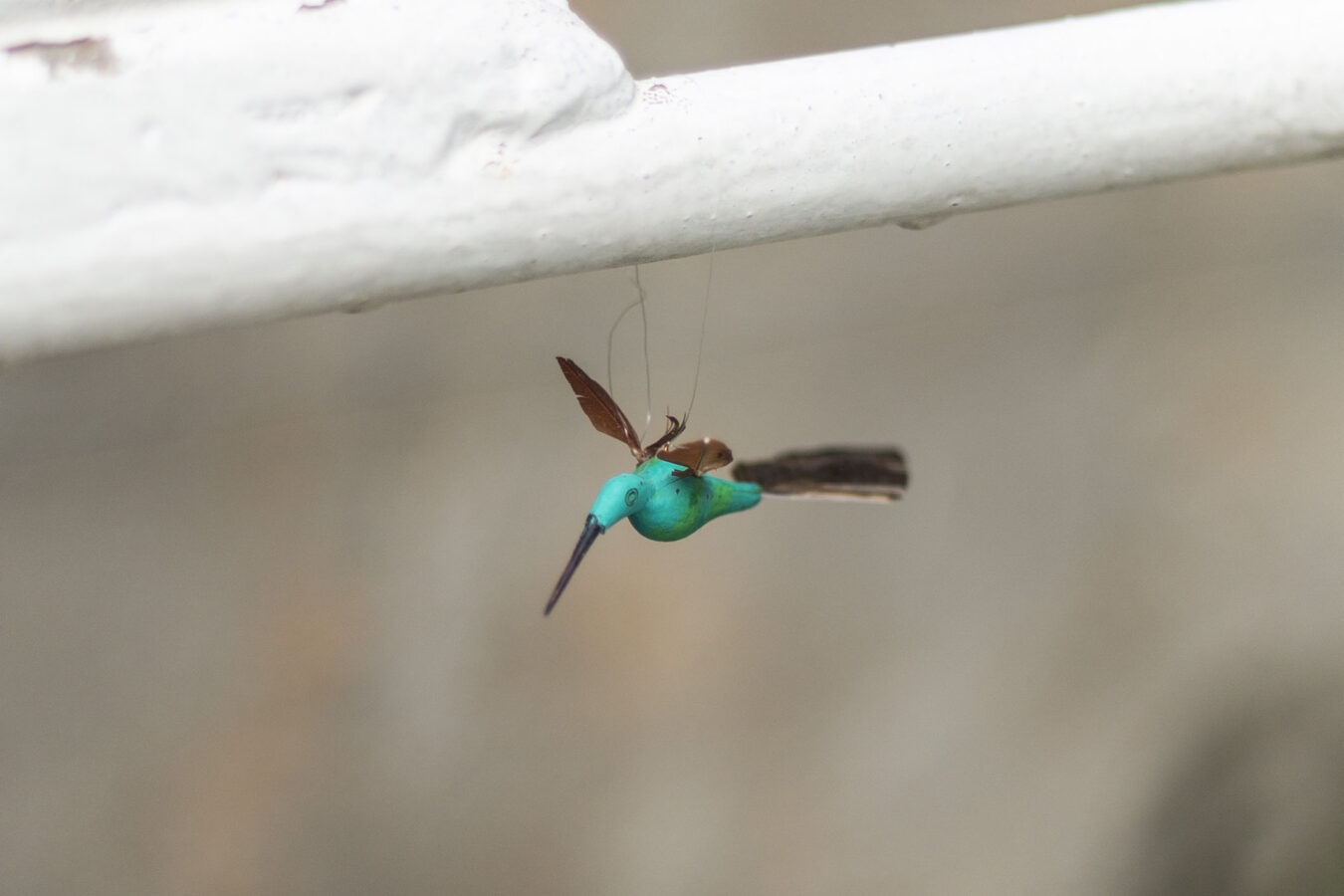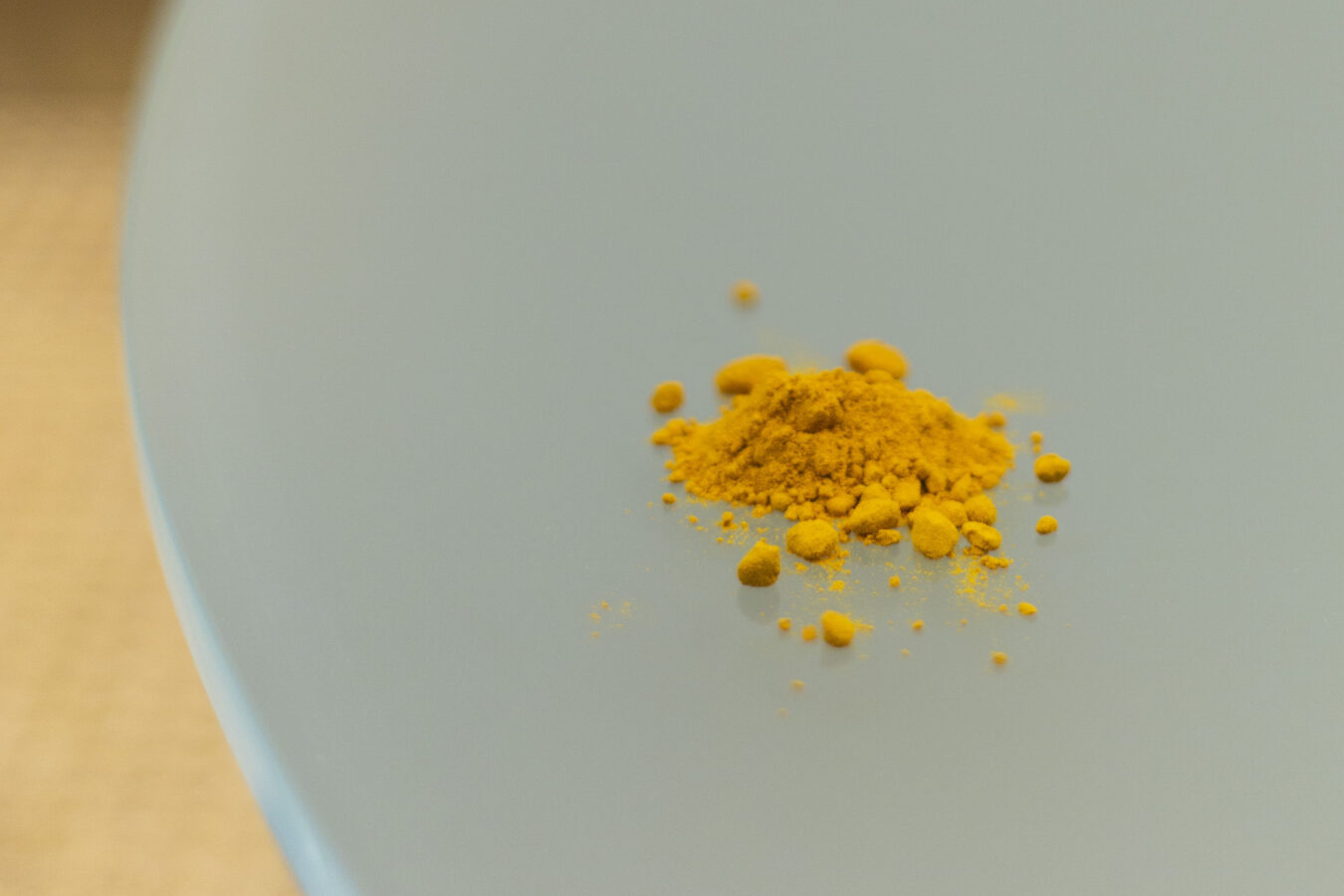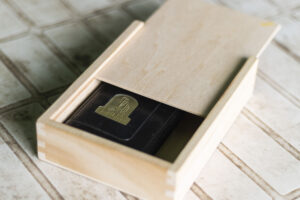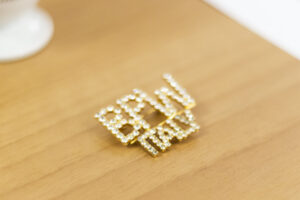Ciao sono Alejandrina e vengo da Cuba.
Lavoro come cameriera ai piani in un Hotel ma da quando sono arrivata a Bolzano nel 2000 ho lavorato anche in una cooperativa che si occupa di ragazzi non autonomi con gravi deficit. Con loro ho fatto un percorso bellissimo, sono così indifesi e quando mi trovavo davanti a loro riuscivo a capirli. Non parlano ma è sufficiente guardare i loro occhi, le loro espressioni per capire di cosa hanno bisogno. Un domani il mio obiettivo è quello di tenere un piccolo gruppo di questi ragazzi disabili con problemi psicomotori. Mi piacciono perché mi sembrano più reali, più autentici, più dolci loro che noi.
La bambola passa di generazione in generazione: una tradizione di famiglia, e da mia nonna è arrivata a me. Mi protegge e io ci credo. Siamo una famiglia cattolica con influenze afrocubane. Devi sapere che un tempo, intendo prima di Cristoforo Colombo, eravamo inca. Si sono mescolate tante religioni diverse, poi. Mi chiedono se si tratta di stregoneria. No, niente di tutto ciò: religione cattolica e credenze più antiche. È grazie a questa bambola che ho imparato a fare la cartomante.
Una foto del nonno vicino a quella di Che Guevara. Credo abbia fatto tanto, per noi. Voleva l’uguaglianza dei popoli, la democrazia. Sogni che l’hanno reso un simbolo della nostra identità nazionale.
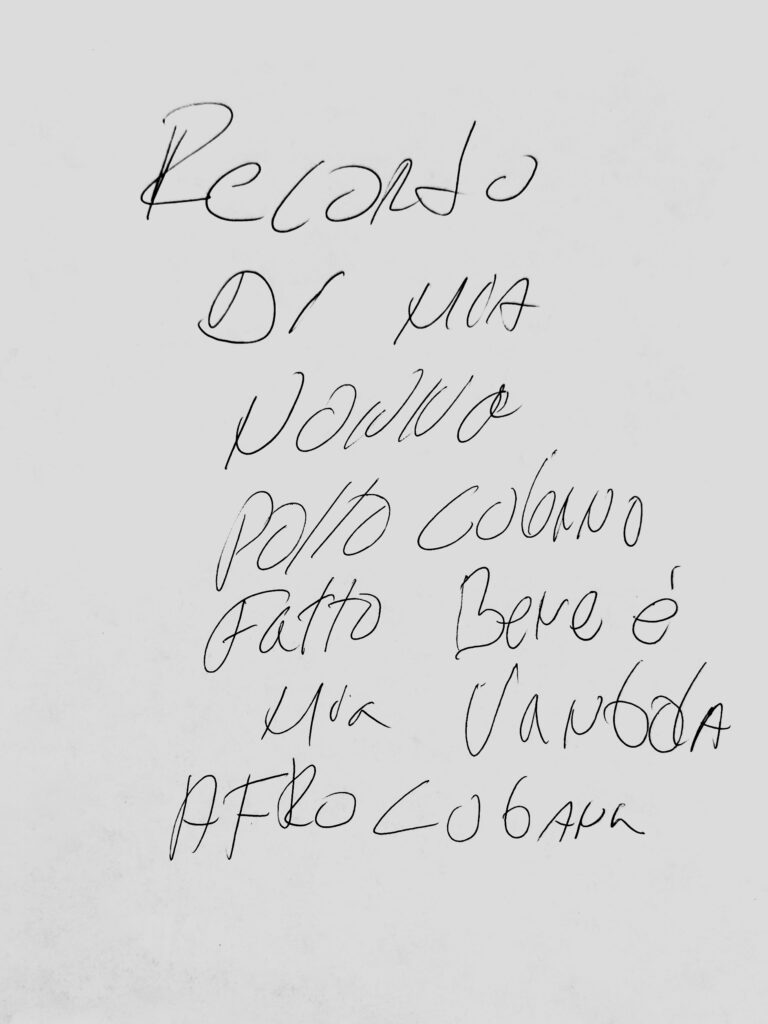
La mia famiglia è il mio viaggio. Quello che al momento non posso fare. Sono quasi tutti a Cuba, ma non posso permettermi di andarli a trovare, per ora. Spero di poterlo fare presto. Intanto, tengo qui questa foto di mia mamma e quelle di tutta la mia famiglia. Ho sette fratelli, io. E questa foto dell’Avana vecchia.
Mangiare è meraviglioso, e perciò lo è anche cucinare. Regalare un momento di felicità a qualcun altro con qualcosa di semplice. Il mio sogno è avere un posto mio per farlo, per preparare qualcosa come questo pollo alla birra. La ricetta? Lasciarlo macerare un giorno con rosmarino e cumino, cipolla, aglio, sale e limone; poi lo si cuoce con un po’ di birra a fuoco lento, anche per tre ore. Rimane morbidissimo.
